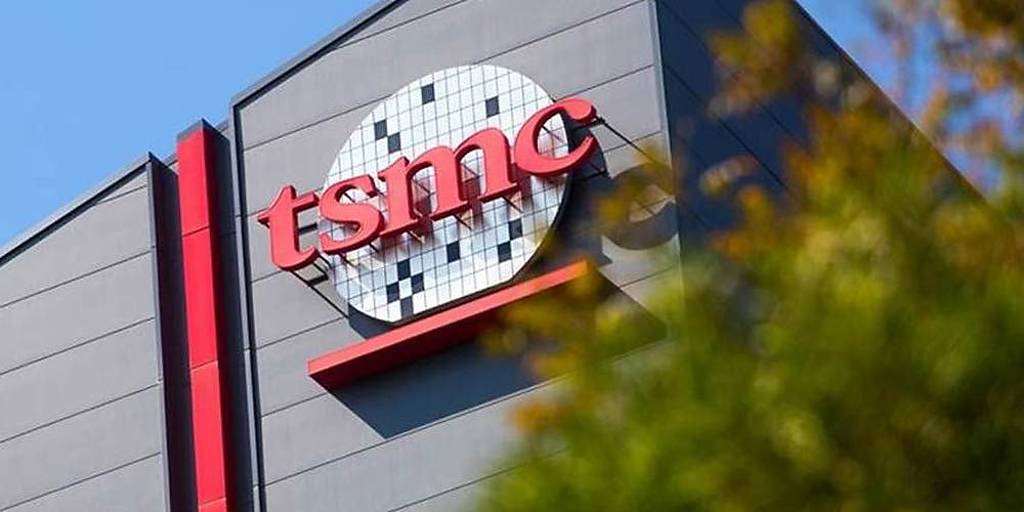
TSMC's 7nm capacity utilization rate has declined, and it is reported that it will cut prices by 5 to 10%. Picture/Photo from this newspaper’s data
[China Times News Network Guo Yixin] It has recently been reported that TSMC will reduce prices for its mature processes next year, but supply chain news points out that the process for which TSMC will actually reduce prices is actually 7nm, with a range of about 5 to 10% to alleviate the decline in capacity utilization. status. In fact, we can get a clue from TSMC’s October conference that the 7nm capacity utilization level is lower than expected.
Liberty Times reported that the price reduction for mature processes reported by the media is actually only a discount on some photomask costs, and the foundry price has not been reduced. In addition, the real price reduction is for the 7-nanometer process, with a price reduction range of 5 to 10%, depending on the customer's production volume. Decide.
As early as October, TSMC President Wei Zhejia was asked face-to-face by foreign investors about the declining 7-nanometer capacity utilization rate. The revenue share of 7-nanometer continued to decline in the third quarter, from 23% in the second quarter. to 17%, which is much lower than the 26% in the same period last year.
At that time, Wei Zhejia admitted that the decline in 7-nanometer capacity utilization was indeed beyond the company's original expectations. It was originally expected to maintain high-end levels and full-capacity production, but due to the sharp decline in shipments in the mobile phone market and the delay in product launches by major customers , affecting capacity utilization.
Even so, Wei Zhejia also mentioned that demand for consumer electronics will rebound in the next few years, and he is working hard to improve 7nm capacity utilization through special processes. The current situation of 7nm is different from that of 22/28nm from 2018 to 2019. What happens in the manufacturing process is similar.

